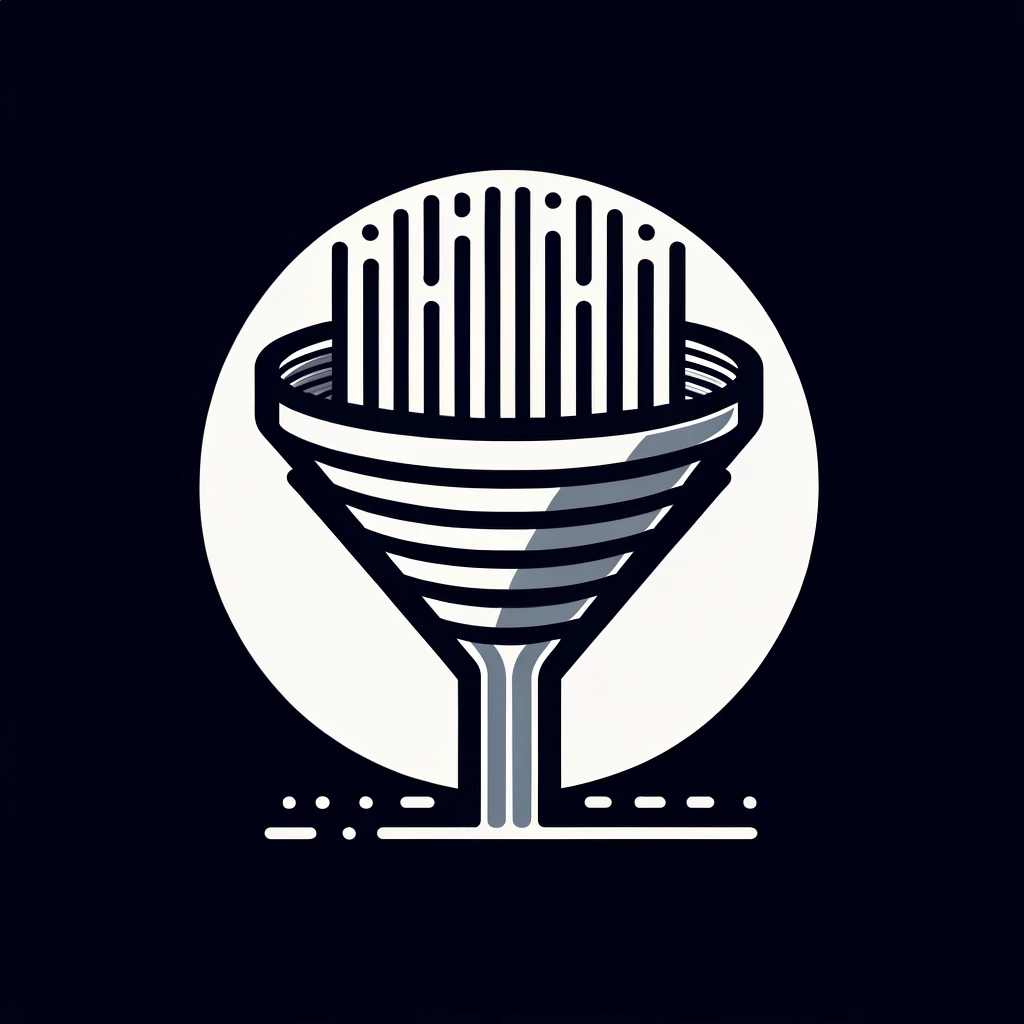The article discusses the evolution of Vue, from its initial release to the ground-breaking changes in V3, and its massive influence on the JavaScript framework ecosystem. It highlights the development of Vue Vapor and its potential to change the way developers work with Vue by adopting a signal-based state management system, inspired by frameworks like Solid, and moving away from reliance on the virtual DOM.
Main Points
Vue's Influence
Vue has been influential in the JavaScript framework landscape, with its developments impacting other frameworks like React.
Vue Vapor and State Management
Vue Vapor introduces a new way of managing state in Vue applications, moving away from the virtual DOM and towards a model inspired by Solid.
Impact of Vue Vapor
The development of Vue Vapor showcases Vue’s commitment to performance and efficiency, potentially setting a new standard for frameworks.
Insights
Vue's impact extends beyond its own ecosystem, heavily influencing technologies and frameworks such as React.
it’s insane to think that Vue’s been around for 10 years now…I know that a lot of the cool stuff has been happening in the react World in particular is heavily inspired by Vue.
Vue's evolving state management is closely examining and adopting signals, a concept used by other frameworks like Solid.
so what the hell’s going on here well first let’s talk a little bit about signals…so many things get much much simpler when you move towards the signal model.
Vue Vapor represents a significant advance, potentially changing how developers work with Vue by avoiding reliance on the virtual DOM.
Vapor mode is an alternative compilation strategy…it’s a huge difference and I am more excited than I’ve been in a while.

